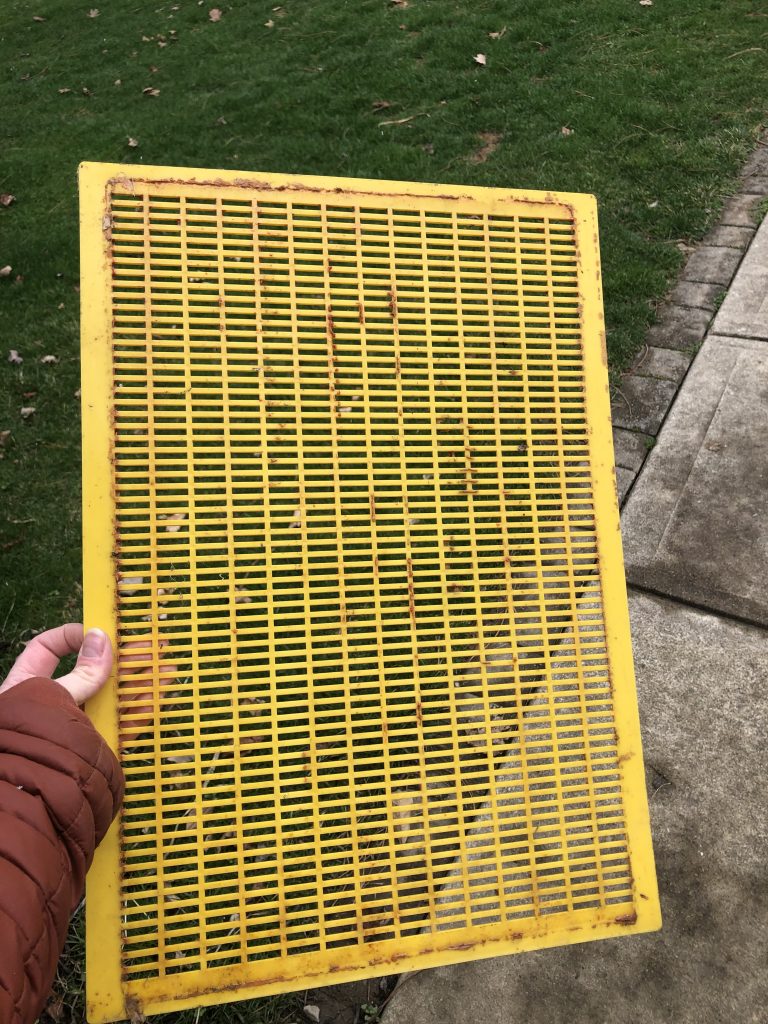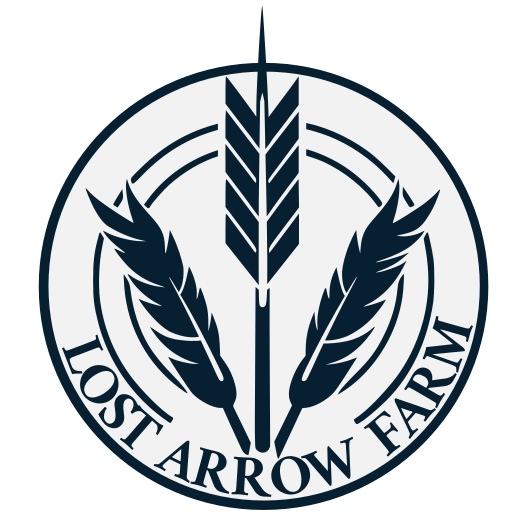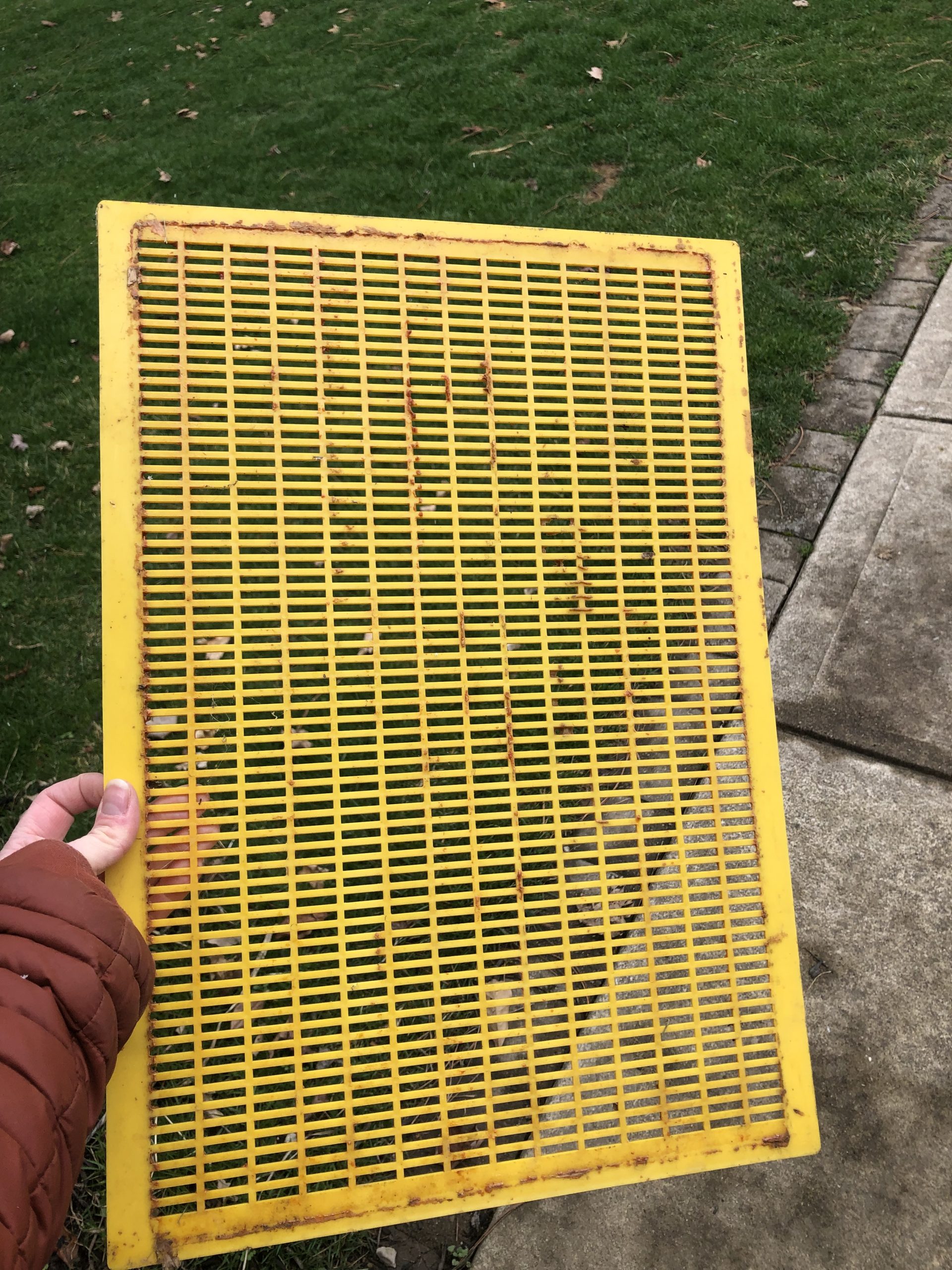When you’re a new beekeeper, it’s hard to know what all of the different pieces of equipment are for if you don’t have an experienced mentor to guide you. A good friend of our family generously gifted me 2 full starter kits when we moved to our current property. The kits included all kinds of tools including a queen excluder.

A queen excluder is a sheet of plastic or metal that has holes in it that are small enough for worker bees to fit through but the much larger queen is unable to pass. This can serve a few different purposes, though primarily it is used on top of the brood box to prevent the queen from moving upwards and laying eggs in the honey supers.
Another application is to place it below the brood box above the bottom board for awhile after installing a package of bees. Since a package (unlike a nucleus or ‘nuc’) does not include any drawn comb, honey stores, or brood, the bees are more likely to swarm and find a different home. By placing the queen excluder below the brood box and blocking the queen’s exit for a few days, you can prevent swarming if they get settled with drawn comb and brood.
I have only used a queen excluder in an effort to prevent a queen from laying in the honey supers. I wasn’t having issues with that at the time, but being a new beekeeper, I wanted to try to do everything ‘right.’
However, I soon noticed that honey production slowed down. While the worker bees can fit through the holes, it does slow them down to maneuver through, and that in turn slows down how quickly they can build comb and produce honey.
I ended up just removing the queen excluder altogether and I was relieved to notice that the honey production increased and thus far I haven’t had any issues with the queen laying eggs in any of the honey supers.
I still think that it doesn’t hurt to have one around in case issues arise or if you want to install a package – I’ll keep them around in my ever growing stash of specialized beekeeping tools.

